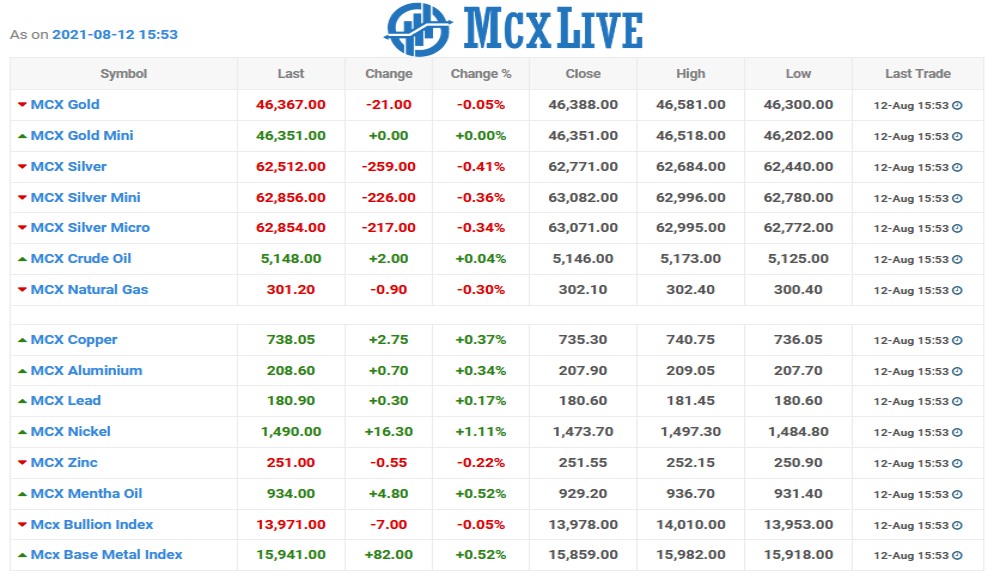
Oil prices were steady on Thursday following two days of gains after a call from the United States, the world’s top oil consumer, for major producers to boost output reinforced supply concerns as economies ease their coronavirus restrictions.
Brent crude futures edged higher by 5 cents to $71.49 a barrel by 0216 GMT while U.S. West Texas Intermediate (WTI) crude futures gained by 4 cents to $69.29.
U.S. President Joe Biden’s administration on Wednesday urged the Organization of the Petroleum Exporting Countries (OPEC) and its allies, known as OPEC+, to boost oil output to tackle rising gasoline prices that they see as a threat to the global economic recovery.
Data from the U.S. Energy Information Administration on Wednesday showed that fuel demand in the top global crude user is averaging 20.6 million barrels per day (bpd) over the past four weeks, roughly in line with 2019 levels, and U.S. refiners slightly increased the amount of crude they processed last week.
OPEC agreed in July to boost output each month by 400,000 bpd over the previous month, starting in August, until the rest of their record cuts of 10 million bpd, about 10% of world demand, made in 2020 are phased out
Oil prices were steady on Thursday following two days of gains after a call from the United States, the world’s top oil consumer, for major producers to boost output reinforced supply concerns as economies ease their coronavirus restrictions.
Brent crude futures edged higher by 5 cents to $71.49 a barrel by 0216 GMT while U.S. West Texas Intermediate (WTI) crude futures gained by 4 cents to $69.29.
U.S. President Joe Biden’s administration on Wednesday urged the Organization of the Petroleum Exporting Countries (OPEC) and its allies, known as OPEC+, to boost oil output to tackle rising gasoline prices that they see as a threat to the global economic recovery.
Data from the U.S. Energy Information Administration on Wednesday showed that fuel demand in the top global crude user is averaging 20.6 million barrels per day (bpd) over the past four weeks, roughly in line with 2019 levels, and U.S. refiners slightly increased the amount of crude they processed last week.
OPEC agreed in July to boost output each month by 400,000 bpd over the previous month, starting in August, until the rest of their record cuts of 10 million bpd, about 10% of world demand, made in 2020 are phased out
The administration added it had not called upon U.S. producers to ramp up production, which led the market to turn higher on Wednesday, said Phil Flynn, a senior analyst at Price Futures Group in Chicago.
Other data from the EIA report weighed on prices. U.S. crude oil stockpiles fell modestly last week, out of step with forecasts, while gasoline inventories dipped to their lowest level since November. More volatile weekly demand numbers also declined.
